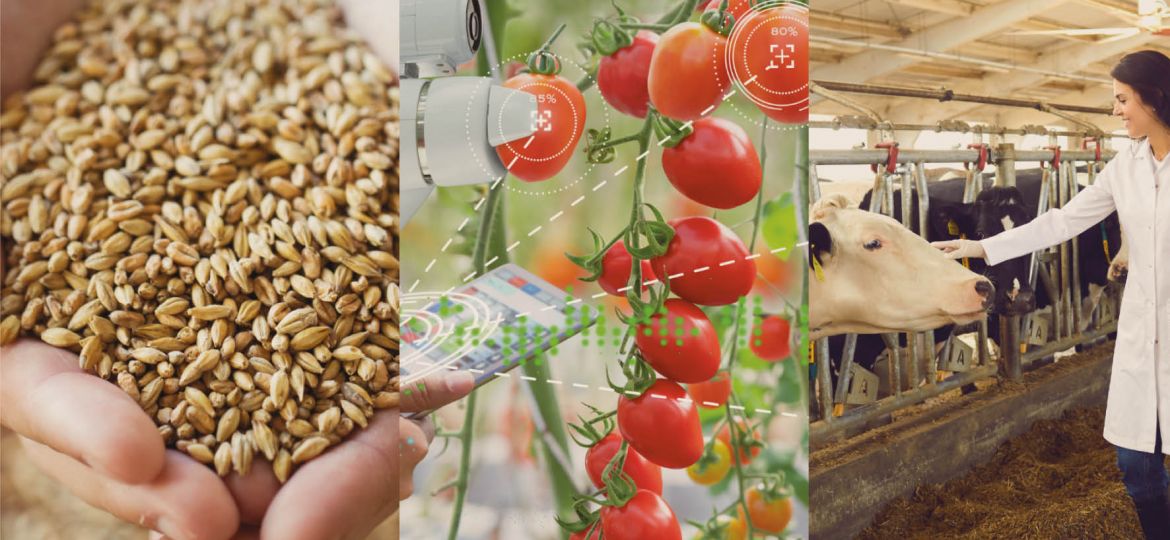
The farming industry is facing major challenges such as growing demand for food, climate change and the need to produce more with less. In a world where technology is evolving by leaps and bounds, the farming and food industry is embracing innovation to meet these contemporary challenges. The use of imaging in Agritech and Foodtech is proving to be a catalyst and accelerator of transformation, redefining the way we grow, process and consume our food.
Agritech, a precise look at crops
Agritech, or technological agriculture, is a field that encompasses the use and application of innovative technologies to improve the efficiency, sustainability and productivity of agriculture. Advanced imaging techniques such as sensors, drones and satellites are used in particular to improve the precision of agricultural practices.
For example, satellites equipped with optical sensors enable large-scale global monitoring of crops. Drones are also used to capture high-resolution aerial images of agricultural fields. This includes early detection of problems such as water stress, plant diseases and growth variations, and enables farmers to adjust their practices accordingly.
Cameras mounted on agricultural equipment or fixed installations can capture images at different stages of crop growth, providing data for growth analysis and problem detection.
But imaging is not limited to open-air fields. In the field of seed germination and greenhouse cultivation, specialised cameras keep a close eye on the growth processes, enabling optimum control of environmental conditions and rapid reaction to the detection of changes.
Different types of technology can be integrated into these imaging systems, including multispectral imaging, which can capture images at several wavelengths, enabling more in-depth analysis of plant health or chlorophyll content. Thermal imaging measures the heat emitted by crops, enabling farmers to detect temperature variations that could indicate plant health problems or irrigation requirements. Artificial intelligence and computer vision are used for object recognition, enabling automated identification of weeds, plant diseases and other anomalies that could affect crops.
Foodtech, a visual revolution in food
Imagery is entering the scene not only in production, but also in the way food is distributed, prepared and consumed.
Foodtech harnesses the power of images to transform the food experience, from ingredient selection to presentation on the plate.
High-resolution imaging systems are used to visually inspect food products to ensure their quality. This includes detecting defects and contaminants, measuring freshness and ripeness.
Once products have been visually inspected, imaging technologies are used to automate the food sorting and selection process, ensuring consistency and quality.
Imaging is also increasingly used to monitor and adjust food portions as part of solutions to promote a balanced diet and reduce wastage.
The inevitable transformation of agriculture and food
Agritech and Foodtech are transforming our relationship with food, from seed to plate. Imaging is playing a key role in offering innovative solutions for more sustainable agriculture and redefining the way the food chain works. As technology continues to advance, it is imperative to strike a balance between innovation and responsibility, ensuring a brighter food future.
